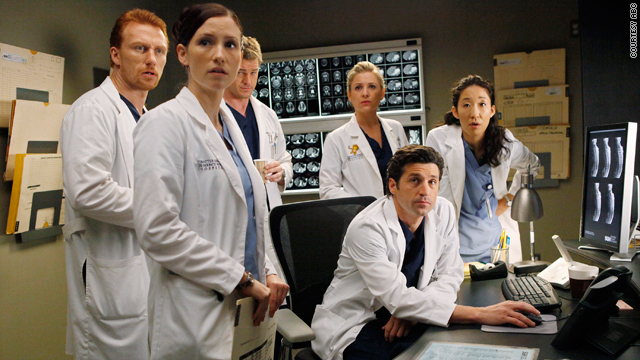Seizure Treatment
An epileptic seizure, occasionally referred to as a fit, is defined as a transient symptom of "abnormal excessive or synchronous neuronal activity in the brain". The outward effect can be as dramatic as a wild thrashing movement (tonic-clonic seizure) or as mild as a brief loss of awareness (absence seizure). Some medications produce an increased risk of seizures and electroconvulsive therapy (ECT) deliberately sets out to induce a seizure for the treatment of major depression. Many seizures have unknown causes. The treatment of choice for someone who is actively seizing is lorazepam. This may be repeated if there is no effect after 10 minutes. If there is no effect after two doses, barbiturates or propofol may be used. Ongoing medication is not typically needed after a first seizure and is generally only recommended after a second has occurred or those with structural lesions in the brain. However, in severe cases where patients experience frequent unpredictable seizures everyday, the use of anti-epileptic drugs (AEDs) are recommended to reduce the likelihood and duration of seizures. Approximately 70% of the patients could have the seizures fully under control with continuous use of medication. The National Institute of Health and Clinical Excellence (NICE) suggests patients taking only one type of AEDs at a time.








No comments:
Post a Comment